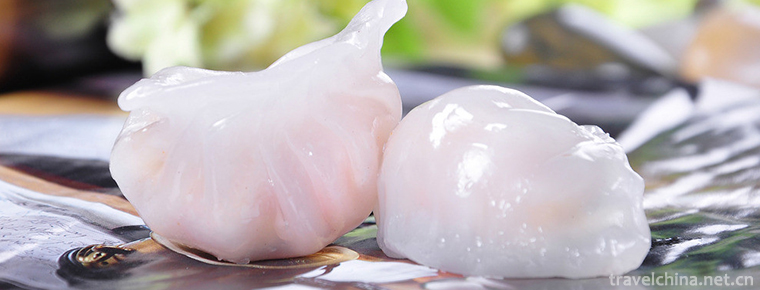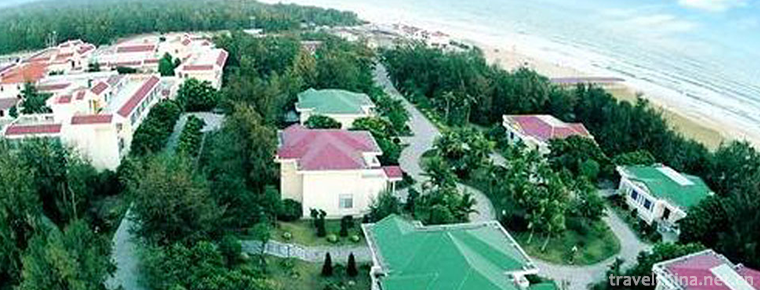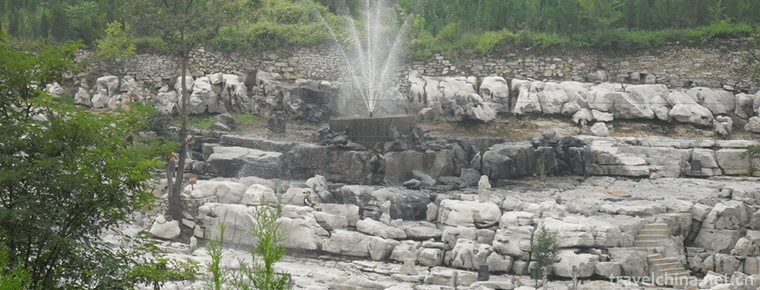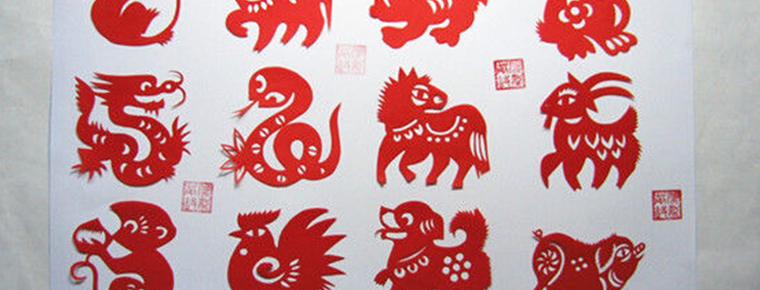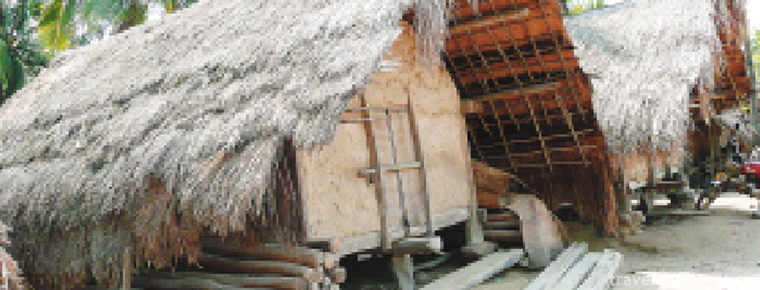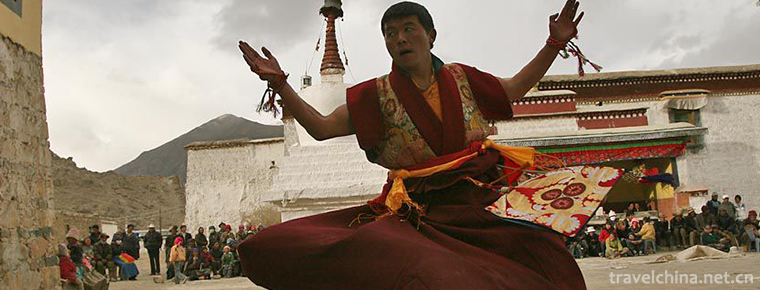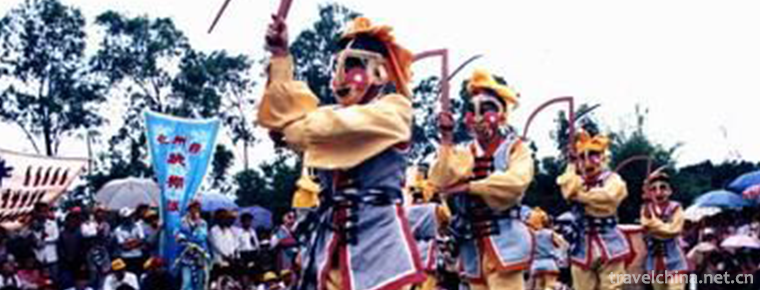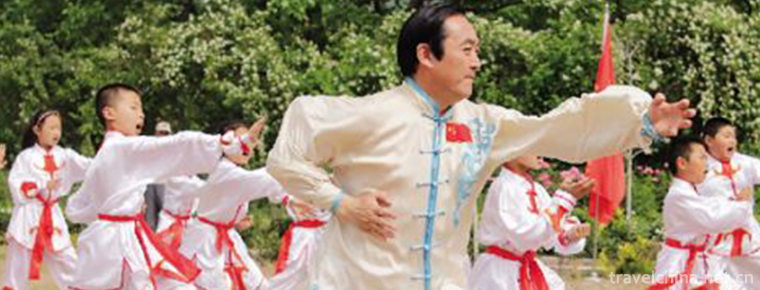Terracotta Army
Terracotta Warriors and Horses, terracotta warriors and horses of Qin Shihuang, also referred to as terracotta warriors and horses or terracotta warriors and horses of Qin Dynasty, are the first batch of national key cultural relics protection units and the first batch of Chinese World Heritage Sites, located in the terracotta warriors and horses pit 1.5 kilometers east of Qin Shihuang Mausoleum in Lintong District, Xi'an City, Shaanxi Province.
Terracotta Army is a category of ancient tombs. In ancient times, people died. Slaves were the appendages of slave owners before they died. After the slave owners died, slaves were buried with slave owners as funerary objects. Terracotta Army is a form of sacrificial objects made of soldiers, chariots, horses and soldiers.
In March 4, 1961, Mausoleum of the First Qin Emperor was published by the State Council as the first batch of national key cultural relics protection unit . In March 1974, Terracotta Warriors and Horses were discovered; in 1987, Qinshihuang Mausoleum and Terracotta Warriors and Horses Pit were approved by UNESCO to be included in the World Heritage List, and known as "the eighth wonder of the world". More than 200 foreign heads of state and government visited them successively, which became a gold-lettered business card of Chinese ancient brilliant civilization. It is known as one of the ten greatest treasures in the world.
Human martyrdom is a cruel and barbaric funeral system that sprouted with the collapse of primitive public ownership and prevailed until slavery was established. The most prosperous age of the people was the Shang Dynasty. There were martyrs in the great tomb of the Shang Dynasty. In the Gongling area of Yinxu in Anyang, more than 5,000 people were killed and killed in more than a dozen tombs that have been excavated.
Zhou Dynasty learned the lesson of the tyranny of Yin merchants and emphasized "protecting Germany and protecting the people". The birth and implementation of Zhou Li has greatly restrained the phenomenon of martyrdom, but it has not been eradicated. In the spring and Autumn period, the nations were fighting for hegemony and the times were turbulent. During the Warring States period, all the states of the princes abolished the system of martyrdom. In the first year of the Qin Dynasty (the first 384 years), the "death from death" officially abolished the system of martyrdom.
During the Spring and Autumn Period and the Warring States Period, social changes led to changes in burial customs, which resulted in the use of terracotta figurines and wooden figurines instead of human beings. The original meaning of "figurines" is human death. When human death gradually fades out of people's vision, "figurines" has become a proper term for pottery, stone carvings and human figures in tombs. The Qin Terracotta Army is a typical example of the burial of the figurines. In addition to the wisdom of craftsmen, Qin Shihuang, the first feudal emperor in history, is closely related to the scale and realism of the terracotta warriors.
Records of History: Qin Shihuang Mausoleum was planned and designed by Prime Minister Li Shiyi. General Zhang Han supervised the construction for 39 years. Terracotta Warriors and Horses were made and buried in the burial pit while building Qin Mausoleum.
In the first year of Qin Zi Ying (the first 206 years), Mausoleum of the First Qin Emperor suffered the first or possibly the biggest disaster. According to historical records such as "History of Gaozu Benji" , "Han Shu, Volume 1, Gaodiji No. 1" , "Han Shu, Volume 36, Biography of King Chu Yuanwang No. 6" , Xiang Yu destroyed Qinshihuang Mausoleum on a large scale, ground buildings were destroyed once, and Emperor mausoleums were excavated. Terracotta Warriors and horses were also damaged in the catastrophe. The destruction is serious. Archaeological excavations show that there are black charcoal remains in No. 1 and No. 2 terracotta pits, indicating that the collapse of No. 1 and No. 2 terracotta pits was caused by fire.
In March 1974, while drilling a well in Xiyang Village, Lishan Town, Lintong County, several broken terracotta warriors and horses of the same size as human beings were found, which were fired with earth. After exploration and trial excavation by the Shaanxi Provincial Archaeological Team, the terracotta warriors and horses reappeared.
In July 1974, archaeologists began to excavate the terracotta warriors and horses pit of the Qin Dynasty east of the Qinshihuang Mausoleum in Lintong County, Shaanxi Province.
In December 1987, Mausoleum of the First Qin Emperor and Terracotta Army were listed in the world heritage list.
In June 13, 2009, Mausoleum of the First Qin Emperor Terracotta Army No. 1 pits began the third large-scale excavation.
The shaping of Terracotta Army is basically based on real life, with delicate and bright techniques. Each pottery figure is different in appearance and manner. There are many kinds of hairstyles, gestures are different, facial expressions are different. Judging from their costumes, facial expressions and gestures, they can be judged as officers or soldiers, infantry or cavalry. Generally speaking, all the faces of the Qin figurines show the unique dignity and calmness of the Qin people, with distinct personality and strong characteristics of the times.
Terracotta Warriors and Horses sculpture is a combination of painting and sculpture. Although it has a long history, it is still vaguely visible when the figures'faces and clothes are just excavated. In the techniques, we should pay attention to vivid, ingenious composition, flexible techniques, both authenticity and decoration. Because of this, Qin Terracotta Army occupies an important position in the history of Chinese sculpture. From the more than 1000 terracotta warriors and horses that have been unearthed, there are hardly any similarities.
After the unification of the Six Kingdoms, the Qin State carried out the national conscription system. The source of troops came from all parts of the country. This is probably the main reason why they differed in facial shape, expression and age. Craftsmen use realistic artistic techniques to express them very vividly. In this huge group of Qin figurines, there are many distinct individuals, which makes the whole group more active, real and lively.
Thousands of pottery figurine and Tao Ma have been painstakingly painted. The color of the pottery figurine's face and hands and feet is pink, showing the texture of the muscles. Especially the facial painting is especially wonderful. White eyes, black eyes, and even pupil of the eye are painted vividly. The bun, beard and eyebrow of the pottery figurine are black. The overall color is gorgeous and harmonious. At the same time, the paintings of pottery figurines also pay attention to the contrast of tones, and there are differences between individuals as a whole. Different colors of clothing form a sharp contrast, which enhances the artistic appeal. Tao Ma also has vivid and harmonious coloured drawing, which makes the image of Tao MA in quiescent state more vivid.
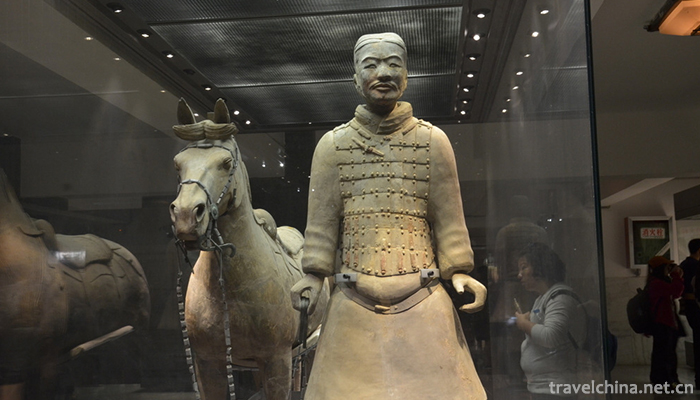
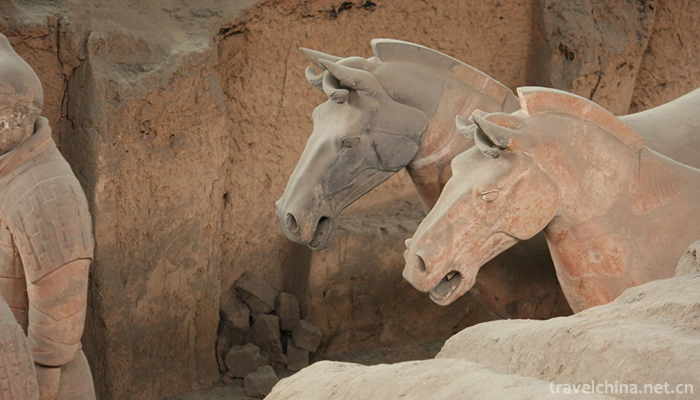
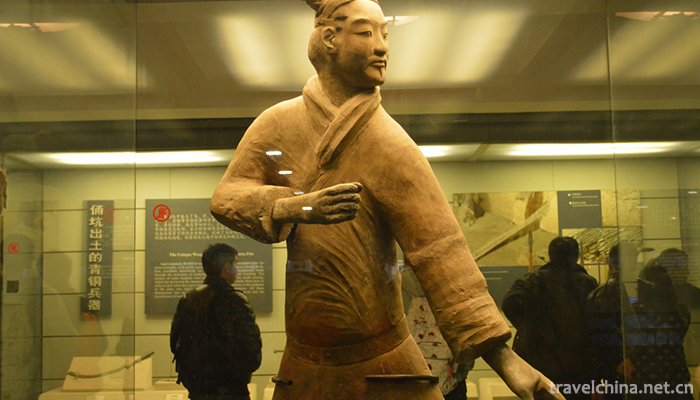
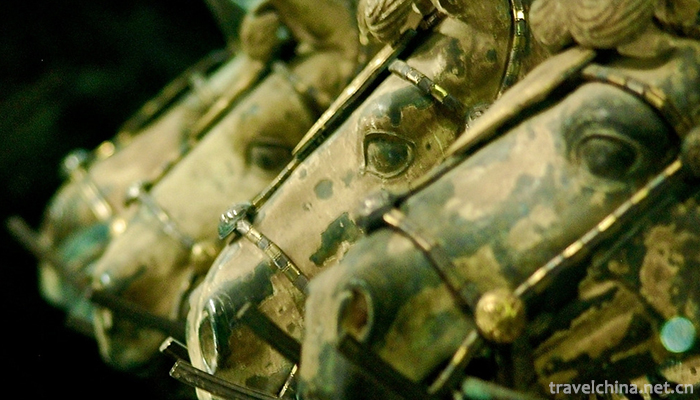
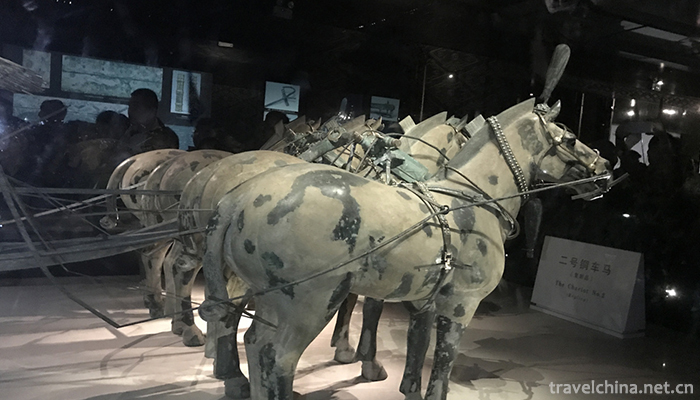
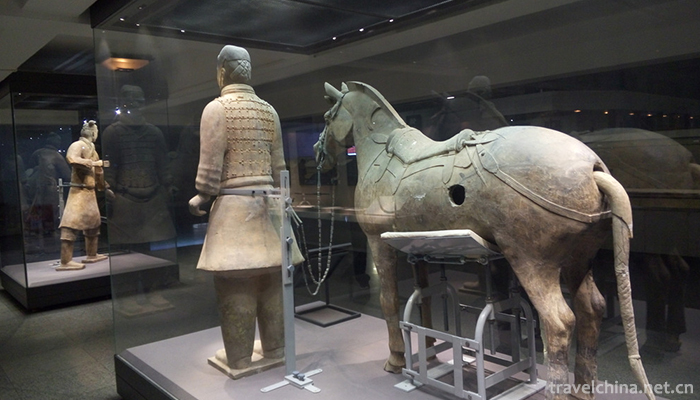
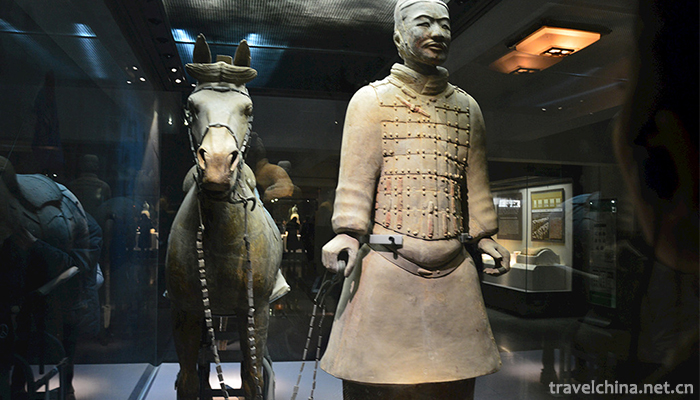
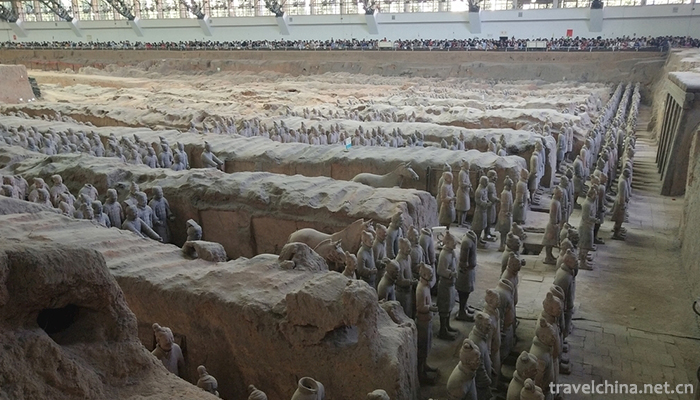

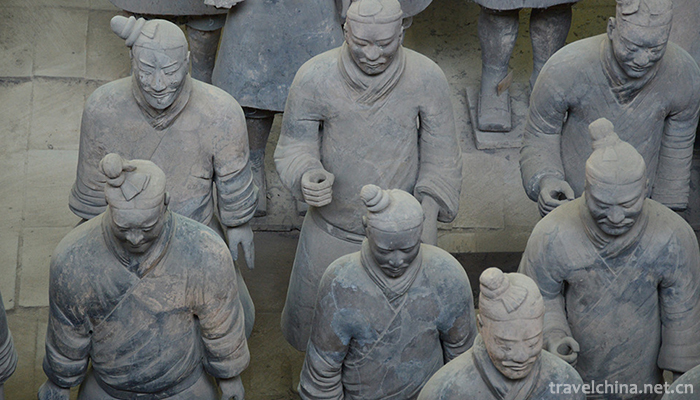
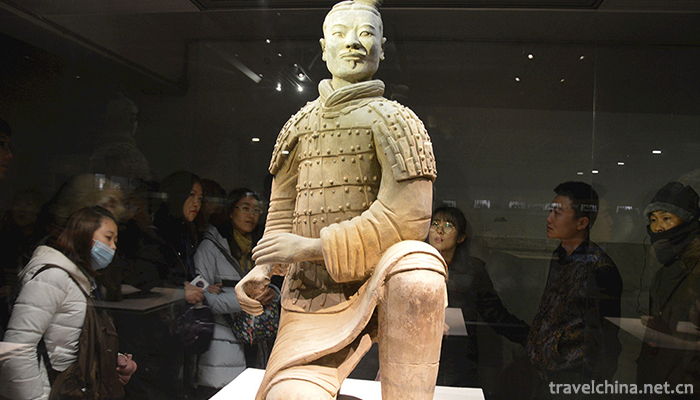
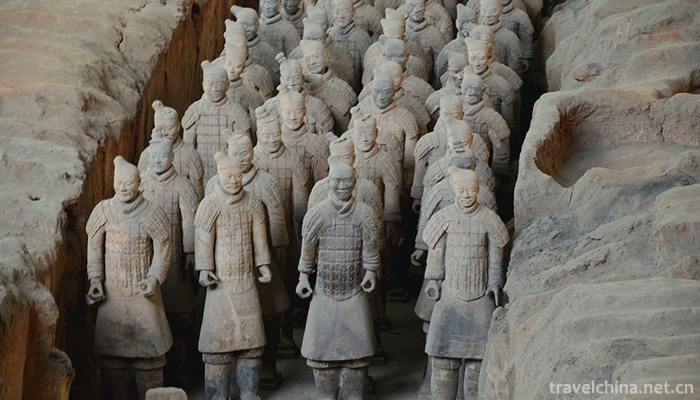
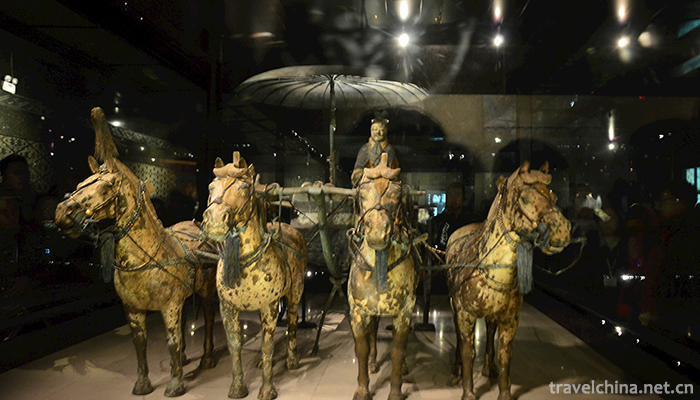
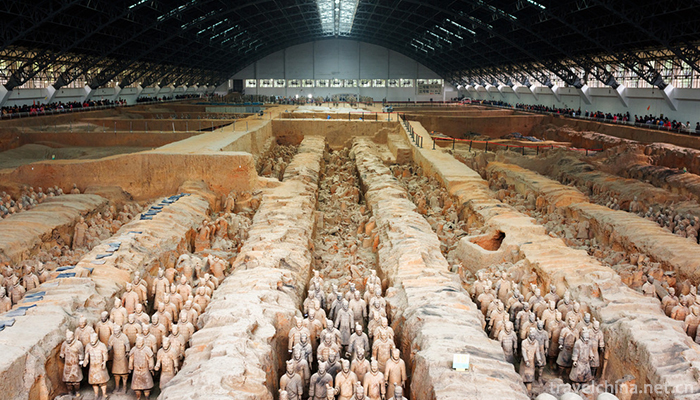
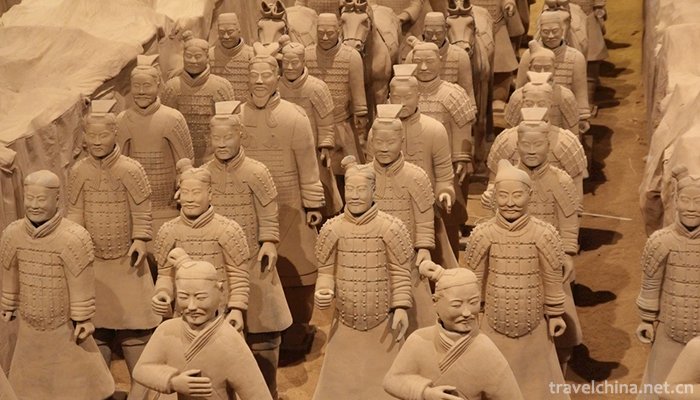
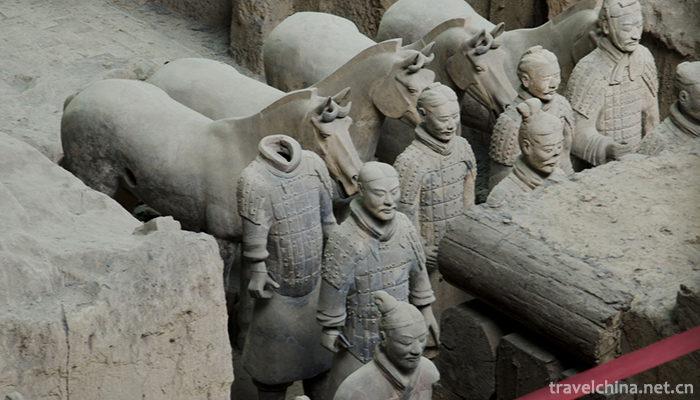
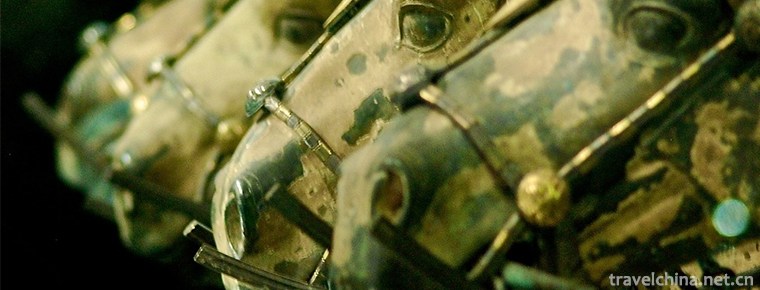
Terracotta Army
-
Crystal shrimp dumplings
Crystal shrimp dumpling is one of the traditional Cantonese tea house snacks. It is as famous as dry steamed cooking, fork cooking and egg tarts.
Views: 326 Time 2018-11-14 -
CITIC Golf Seaside Resort
Shantou CITIC (China International Trust and Investment Corporation) Resort Hotel is a foreign-related tourist resort hotel affiliated to Shantou Company of CITIC South China Group.
Views: 166 Time 2018-12-22 -
Maling River Canyon
Maling River Gorge is located in Xingyi City, Guizhou Province. It is an important member of Xingyi National Geopark and a national scenic spot of the People's Republic of China. It is known as "
Views: 342 Time 2019-02-06 -
Kaiyuan Cave Tourist Area Zibo
The karst cave in Kaiyuan is named for the cliff stone carvings in Kaiyuan period of Tang Dynasty. It is large and tall with a length of more than 1100 meters. It is divided into six halls. The natura
Views: 161 Time 2019-03-21 -
Traditional fine arts
China's traditional art heritage is extremely rich and brilliant. Traditional art painting, calligraphy, music, dance, opera, gardens, architecture, sculpture, arts and crafts, traditional cuisine and
Views: 138 Time 2019-04-19 -
Construction Techniques of Li Nationalitys Ship type House
The carrier of the excellent architectural skills of the Li nationality will inevitably fade out of sight in the fierce collision between traditional civilization and modern civilization. Today only a
Views: 280 Time 2019-05-12 -
Qiang Mu Zashrunbu Temple Shigatse
Qiang Mu is a religious dance, also known as "Dancing God". "Semochim Qiang Mu" is a Tibetan Buddhist Gru-sect Qiang Mu performed by monks at Zashrunbu Monastery in Xikaze, Tibet.
Views: 112 Time 2019-06-11 -
Flower hopping shed
Dancing Huapeng, introduced from Fujian in Ming Dynasty, is an ancient traditional folk dance, belonging to Nuo dance. It has a fixed "Keben" (singing desk book), which is divided into 18 br
Views: 267 Time 2019-06-21 -
Xujiaquan
Xujiaquan, a traditional boxing method, originated in Tongji Village, Xintai City, Shandong Province. Xujiaquan originated in Yongzheng Period of Qing Dynasty and was created by Xu Shengcai, Gaozu of
Views: 192 Time 2019-07-09 -
How long does it take for Chengdu to get to the giant panda base
When you come to Chengdu, you must come and see the lovely giant panda. The nearest panda base to the city is the giant panda breeding research base. How long does it take from Chengdu to the giant panda base?
Views: 75 Time 2020-12-13 -
Nanchongs tertiary industry
In 2019, investment in real estate development in Nanchong will increase by 23.6% compared with that in 2018. The construction area of commercial housing was 31.8726 million square meters, an increase of 23.5% over that in 2018, of which the newly started
Views: 399 Time 2020-12-17 -
Guangan Airlines
There is no airport in Guang'an, but there are many airports around it. At the same time, Guang'an terminal building of Chongqing Jiangbei International Airport has been built in the urban area. Guang'an is 110 kilometers away from Chongqing Jian
Views: 185 Time 2020-12-19
